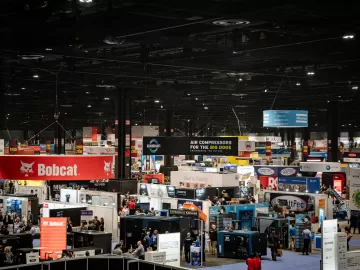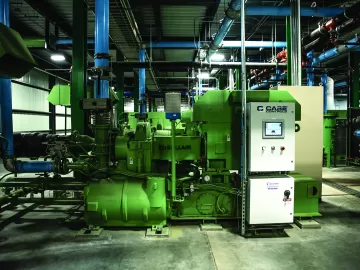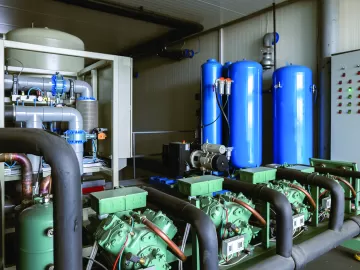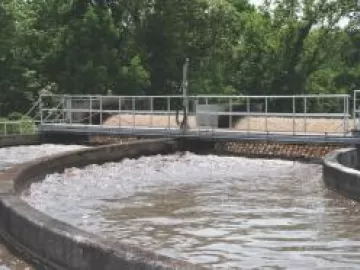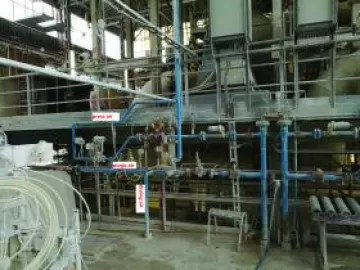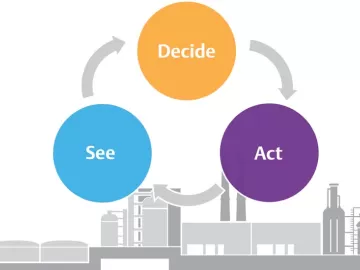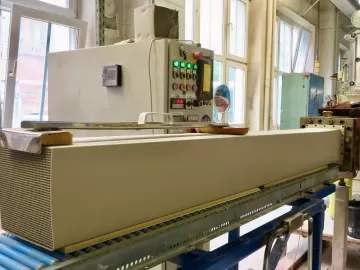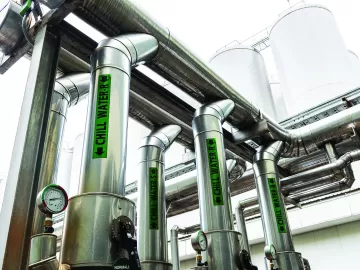Stop Operating Blind – Use a Flowmeter
To gain about one horsepower of mechanical energy from a compressed air powered motor it costs seven times as much at the input of the air compressor. And surprisingly between 20 and 30 percent of this valuable power is lost even before it gets to the end use. Further to this another 10 percent is lost to artificial demand caused by higher than required pressure, and to top that all off, another 10 percent is wasted by equipment that is either inappropriately supplied with compressed air or left to consume air even when the associated production machine has been turned off.

